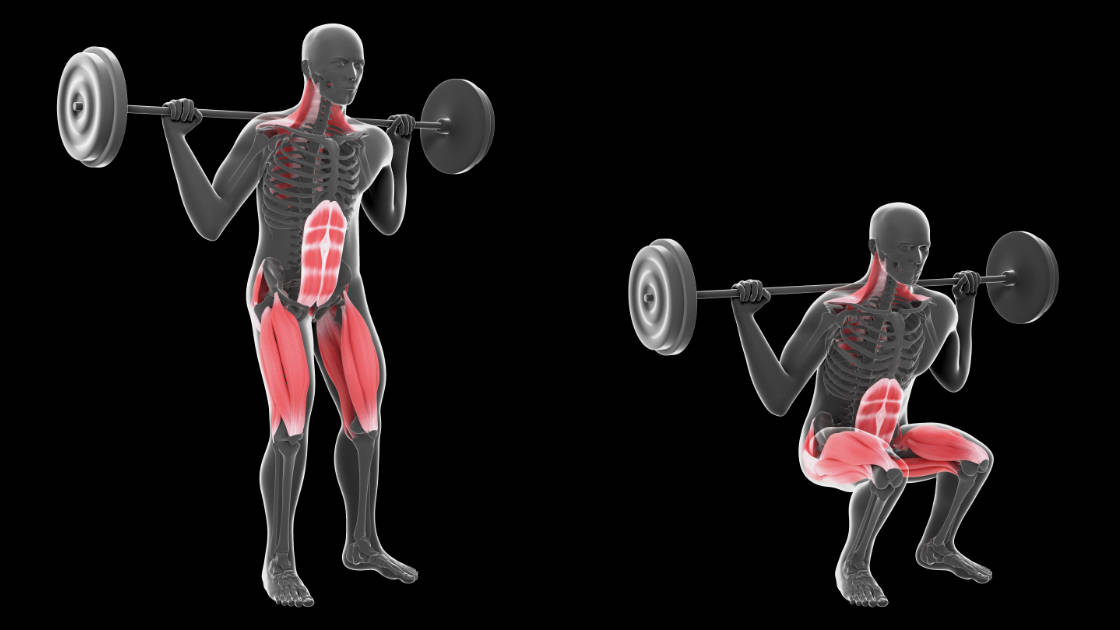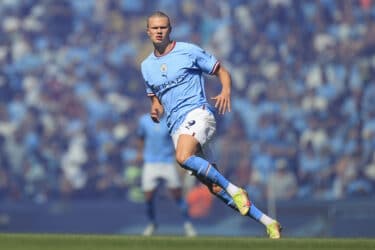

Strength Training
In the powder keg arena of Sport Science and it’s mission to improve the athletic prowess of footballers and reduce their risk of injury, this highly political performance pendulum seems to have swung towards an emphasis on training the muscles of the lower limb in an isolated approach to run faster, jump higher and resist injury.
Source social media sport science theorists. That is to say that there is a lot of importance put on gym-based exercises such as nordics, squatting, deadlifting, lunging, calf raises etc. Now, while I am not for one moment arguing against this type of conditioning, as it is also a common theme in my own practice, I do believe that more of a nuance could be placed on a systems approach to improving sport-specific strength. From reading the contrasting and often hotly debated theories on social media, my concern is that we are becoming too granular in the gym with soccer players and that the sports science community are more interested in isolated tissue mechanics; is the muscle eccentrically contracting et cetera, et cetera, rather than what is demanded by the sport.
Let’s get straight into it.
What is a footballer?
In effect, he/she is an endurance athlete and therefore needs to be able to cover roughly 10-to-12km of high-speed running and intermittent sprinting over a 90(ish) minute period.
Therefore, maybe more of an emphasis needs to be placed on strengthening and conditioning the cardiovascular and cardiorespiratory systems in the gym or on the pitch rather than developing lower limb strength in isolation to run faster for longer, jump higher and be more resistant to injury – just a thought (I know a provoking thought).
However, let me be clear, I am not saying that we should not strengthen leg muscles, just bias a bit more towards strengthening them at speed or at a threshold heart rate (THR) (maximum number of beats your heart can beat to supply oxygenated blood to the working muscles usually longer than 10 minutes and less than an hour). And again I am not saying that we need to increase the volume of training or time on the training ground, just possibly tweak the type, intensity and speed of exercise that we choose.
For example, we might select short distance, high-intensity sprints with incomplete recovery between sprints at the end of a training session on a Tuesday rather than three sets of Nordics to help inoculate against hamstring injuries. Here, we are incorporating a high heart rate at or above their THR, improving oxygen turnover efficiency, practising the skill of running at speed (also needs to be trained), replicating the demands of the game and improving the hamstrings ability to tolerate repeated eccentric (lengthening of the muscles) explosive efforts: Better still get the player to execute a motor skill at the end of each sprint (shooting crossing dribbling et cetera, and you have “Soccer Specific Strength Training” which is physiologically demanding, fun and engaging – a systems rather than isolated muscle approach. This is just a redirection on the mindset of strength training for soccer players rather than being opposed to it.
I am in fact a huge advocate of strength training but more from the perspective as a multi-joint, multiplanar activity which requires control, movement of many body parts, rotation and the ability (strength) to move/stop/change direction/vary pace in response to an external stimulus (cone/pole/whistle/opponent). And in my own humble opinion, the ability to lift heavy in the gym doesn’t always translate to fewer injuries on the playing field. I have worked with plenty of players in the past who were incredibly strong in the gym but kept getting injured on the training pitch and also vice versa. The controversy of that statement hasn’t gone amiss on me either, and I’m sure I’ll receive some fire on that one, shields up, fire away.
To summarise, including a systems approach planned around the demands of the game in conjunction with a more traditional granular tissue (muscle) mechanics system (which by the way we still don’t know very much about) may improve our ability to positively affect players’ in-season aerobic and anaerobic fitness levels while also reducing their injury risk and engaging them with fun and demanding sessions with the ball.
Johnny Wilson (?@johnny_wilson5)



